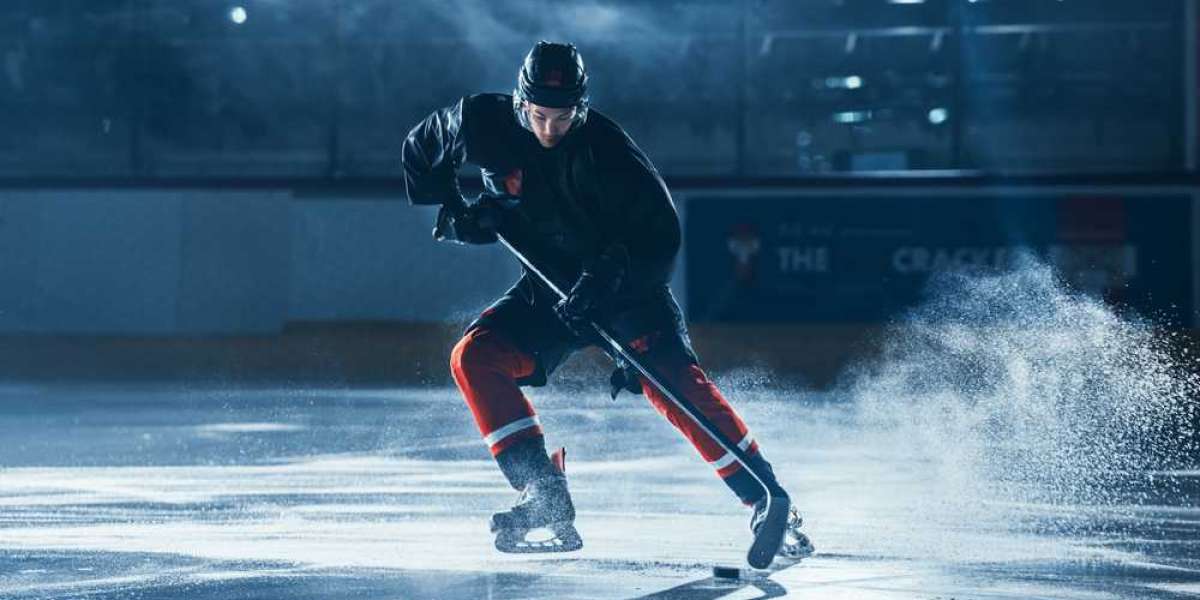Learn the real difference between ice hockey skates and figure skates. Explore how each is designed for speed, power, grace, and control on the ice.
Ice hockey skates and figure skates may look similar at first glance, but they serve entirely different purposes. In this post, we’ll explore their fascinating differences and help you understand what makes each unique.
Skates are more than just footwear for gliding on ice — they are extensions of the skater’s body. Whether you’re executing a delicate spin or chasing a puck at lightning speed, the design of your skates directly impacts your performance. Choosing the right type of skate isn’t just a matter of style; it’s about matching the gear to your goals on the ice.
Anatomy of Ice Hockey Skates: Built for Speed and Power
ice hockey skates. These skates are engineered to withstand intense physical activity and high-speed movements. The boot is stiff and durable, designed to protect the foot from impacts and to provide excellent ankle support. Because hockey involves quick turns, sharp stops, and sudden bursts of speed, the structure of the skate must handle significant stress.
ice hockey skates are shorter and more curved than those of figure skates. This design allows players to pivot quickly and maneuver with precision on the ice. Additionally, hockey blades do not have a toe pick, which enables skaters to accelerate smoothly without tripping or catching the ice.
ice hockey skates are lighter than figure skates. This reduced weight allows players to maintain agility and stamina throughout a game. Every detail — from the materials to the blade design — is optimized for performance in a fast-paced, high-contact sport.
On the other hand, figure skates are crafted with elegance and precision in mind. The boots are typically made of leather or synthetic materials that offer flexibility while still providing necessary support. Unlike hockey skates, figure skate boots are taller, offering more ankle stability during jumps and spins.
Figure skates are also slightly heavier than hockey skates, which helps maintain balance during complex routines. The weight distribution and blade length contribute to the smooth glides and beautiful patterns figure skaters create on the ice.
When it comes to performance, the two types of skates cater to completely different styles of movement. Ice hockey demands explosive speed, rapid stops, and the ability to change direction in an instant. Hockey skates are built to deliver on all these fronts, enabling players to move aggressively and react quickly during play.
For someone trying to play hockey in figure skates, the toe pick could become a hazard, catching on the ice during fast movements. Similarly, attempting a jump in hockey skates would be difficult because of the shorter, more curved blade. Clearly, each type of skate has its own strengths — and limitations — based on the demands of the sport.
Comfort is another area where the two types of skates diverge. Ice hockey skates prioritize support and durability. The boots are designed to fit snugly, almost like a second skin, to reduce foot movement and maximize energy transfer. Breaking in hockey skates can take time, but once they mold to your feet, they provide excellent support for intense action.
It’s essential to note that both types of skates require proper fitting and maintenance. Skates that are too loose or poorly maintained can lead to blisters, instability, and even injury. Therefore, investing in a professional fitting is always a wise choice, regardless of which type of skate you choose.
If you’re deciding between ice hockey skates and figure skates, the answer lies in what you want to achieve on the ice. If speed, agility, and teamwork in a fast-paced environment excite you, then hockey skates are your best bet. Their lightweight build and responsive design will help you excel on the rink.
For recreational skaters who simply enjoy being on the ice, it may come down to personal preference and comfort. Some people feel more stable in figure skates because of the longer blade, while others prefer the freedom of movement offered by hockey skates. Trying both can help you make an informed choice and find what feels best for you.




















